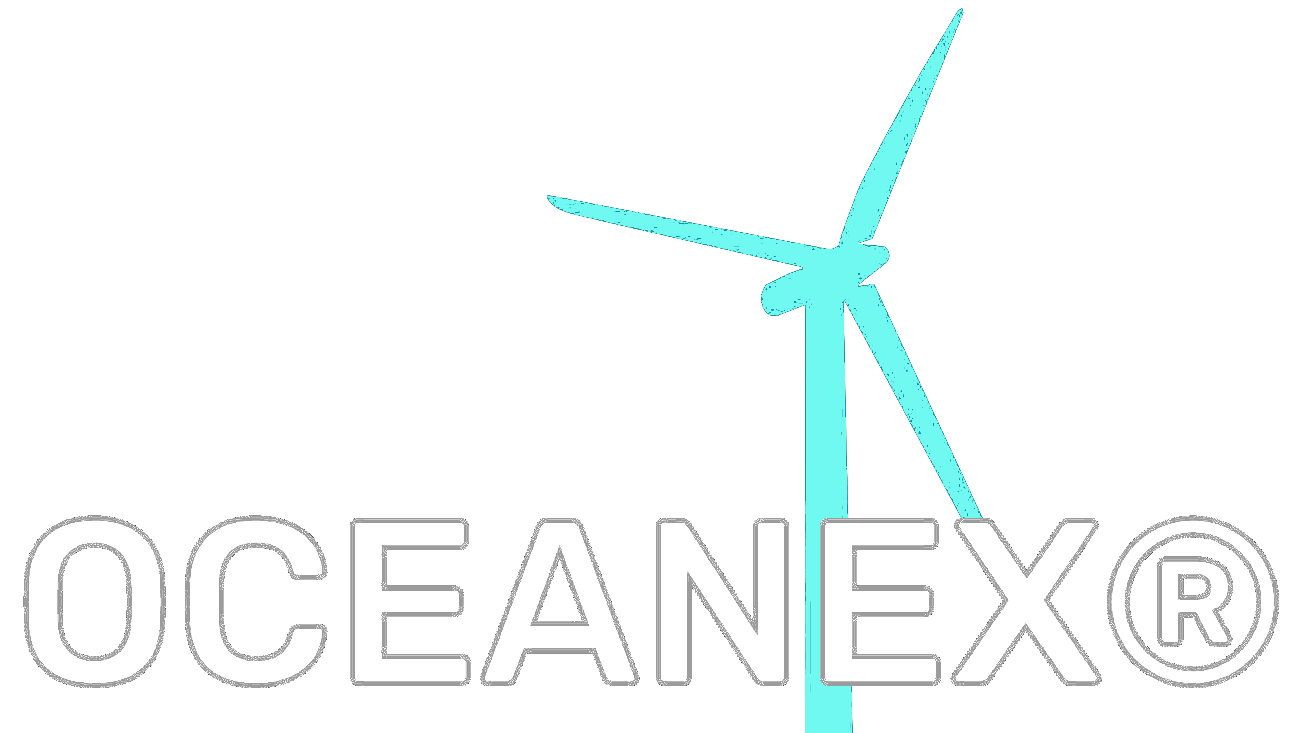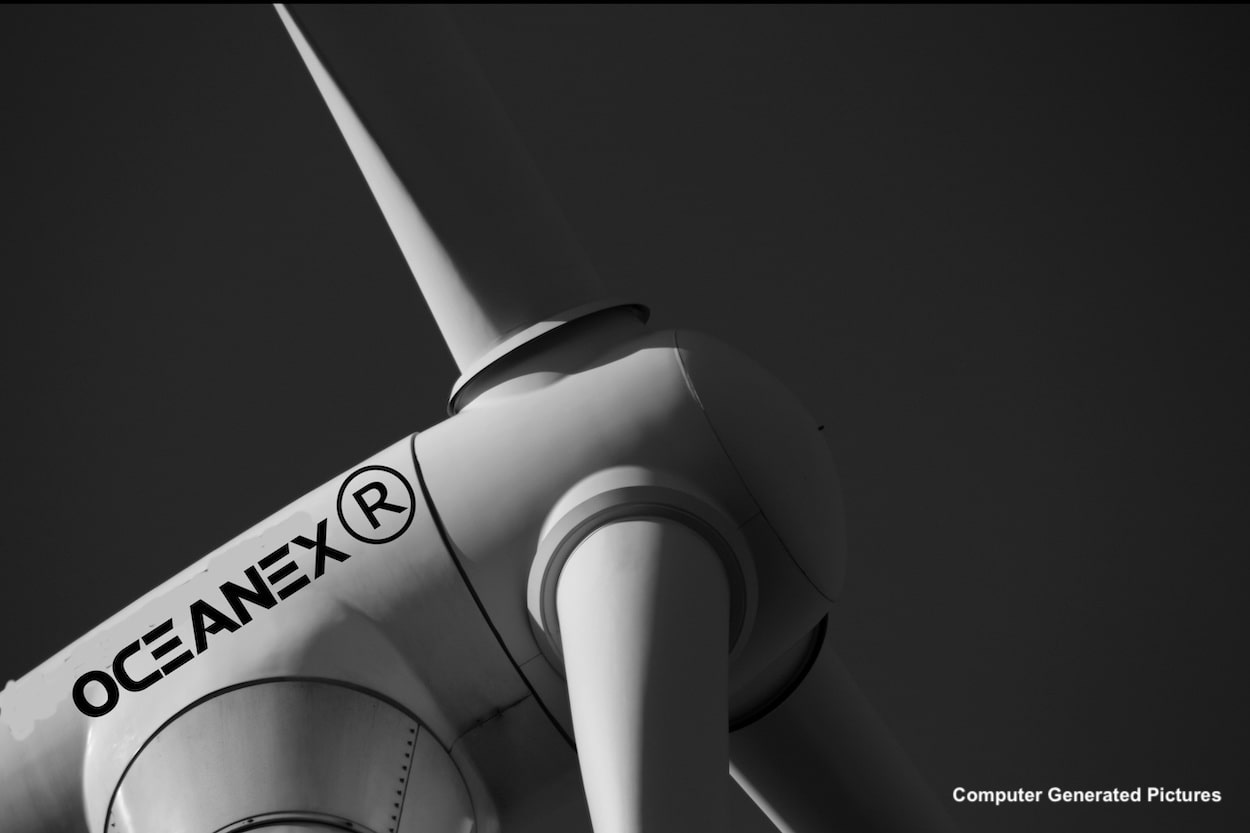Floating foundations for offshore wind turbines are platforms that are designed to float on the surface of the ocean and are anchored to the seafloor. These foundations are an innovative solution that allows for the construction of offshore wind turbines in deeper waters, where the use of traditional fixed foundations may not be feasible or cost-effective.
There are several types of floating foundations that have been developed for offshore wind turbines, including semi-submersibles, spar buoys, and tension leg platforms (TLPs). Each type of floating foundation has its own unique features and advantages, and the most suitable type will depend on the specific requirements and constraints of the project.
Semi-submersibles are floating structures that are partially submerged in the water and supported by buoyancy. They are typically rectangular or triangular in shape and are anchored to the seafloor using chains, cables, or anchors. Semi-submersibles are stable platforms that are well-suited for use in deep water and harsh marine environments.
Spar buoys are also floating structures that are anchored to the seafloor, but they have a more cylindrical shape and are supported by buoyancy and a vertical column. They are relatively simple and cost-effective to manufacture, but they may not be as stable as semi-submersibles in rough seas.
TLPs are floating structures that are anchored to the seafloor using flexible tendons, which are attached to the platform at one end and anchored to the seafloor at the other end. TLPs are highly stable and can withstand large loads, making them suitable for use in deep water and harsh marine environments. However, they may be more expensive to manufacture and install compared to other types of floating foundations.
The design and construction of floating foundations for offshore wind turbines involve a number of technical and engineering challenges. One of the main challenges is ensuring that the structure is stable and able to withstand the forces of the ocean, including waves, currents, and wind loads. This requires the use of advanced structural analysis techniques and materials, such as reinforced concrete and steel, that can withstand the harsh marine environment.
Another challenge is the design and installation of the mooring system, which is used to anchor the floating foundation to the seafloor. The mooring system must be able to withstand the forces of the ocean and maintain the position of the floating foundation in a stable and upright position. This typically involves the use of chains, cables, or anchors, which must be designed and installed in a way that ensures their stability and durability.
In addition to these technical challenges, there are also regulatory and environmental considerations that must be taken into account when building floating foundations for offshore wind turbines. These may include obtaining the necessary permits and approvals from regulatory authorities and conducting environmental assessments to ensure that the project does not have negative impacts on the local ecosystem.
To build a floating foundation for offshore wind turbines, the following steps are typically followed:
- Site selection: The first step in building a floating foundation for offshore wind turbines is to select a suitable site. This involves evaluating factors such as water depth, wind resource, distance from shore, and environmental conditions.
- Design: Once a site has been selected, the next step is to design the floating foundation and wind turbine. This typically involves using computer modeling and simulation tools to optimize the design and ensure that the structure is stable and able to withstand the forces of the ocean.
- Manufacturing: After the design is complete, the next step is to manufacture the components of the floating foundation and wind turbine. This may involve the use of specialized fabrication facilities and equipment, such as welding and cutting machines.
- Transportation: Once the components have been manufactured, they
- must be transported to the construction site. This typically involves using specialized marine vessels to transport the components from the manufacturing facility to the site.
- Assembly: Once the components have been transported to the site, the next step is to assemble the floating foundation and wind turbine. This typically involves using cranes and other heavy machinery to lift and place the components into position.
- Installation: After the floating foundation and wind turbine have been assembled, the next step is to install the mooring system, which is used to anchor the structure to the seafloor. This typically involves the use of chains, cables, or anchors, which must be installed in a way that ensures their stability and durability.
- Commissioning: After the floating foundation and wind turbine have been installed, the next step is to commission the system, which involves testing and verifying that all components are functioning correctly. This may involve conducting structural, electrical, and mechanical tests to ensure that the system is operating safely and efficiently.
- Operation and maintenance: Once the floating foundation and wind turbine are operational, they must be maintained on a regular basis to ensure that they continue to function correctly and safely. This may involve tasks such as inspecting and repairing components, performing regular maintenance checks, and monitoring the performance of the system.
- In conclusion, building floating foundations for offshore wind turbines involves a number of technical and engineering challenges, as well as regulatory and environmental considerations. However, with advances in technology and the increasing demand for renewable energy, floating foundations are becoming an increasingly viable option for offshore wind energy projects around the world.


